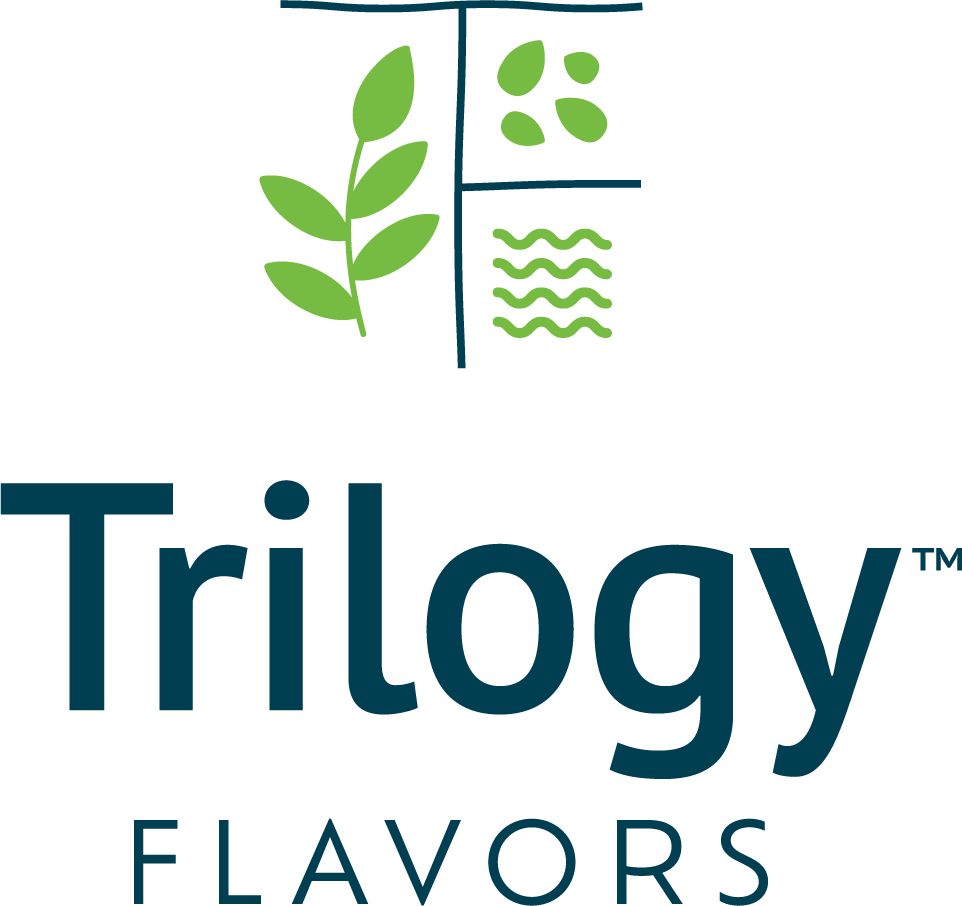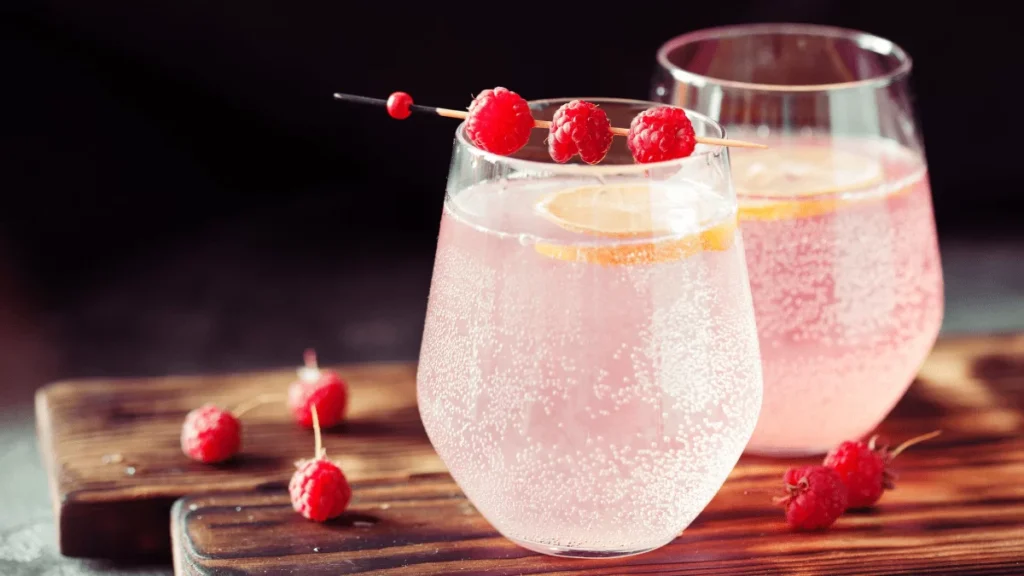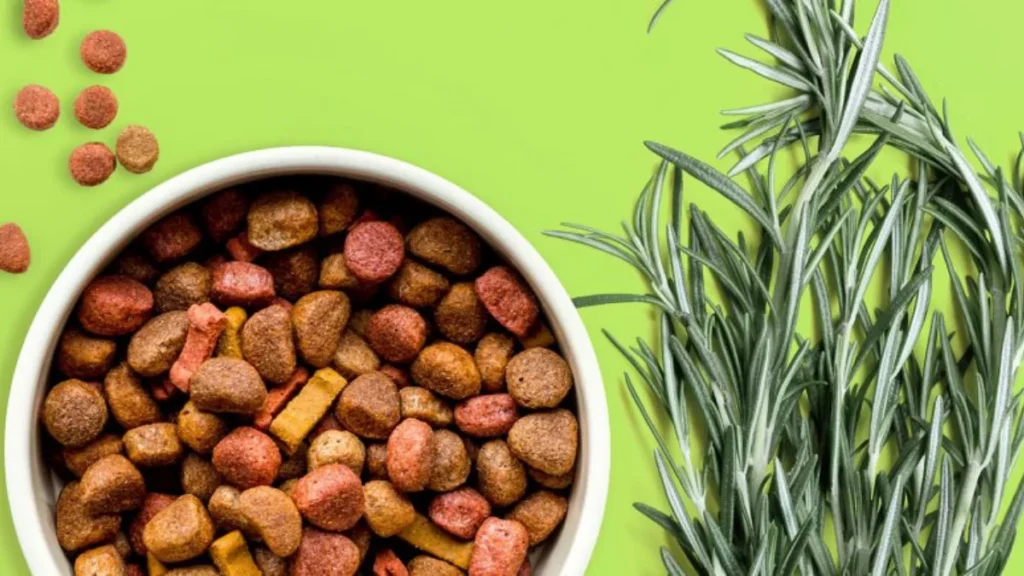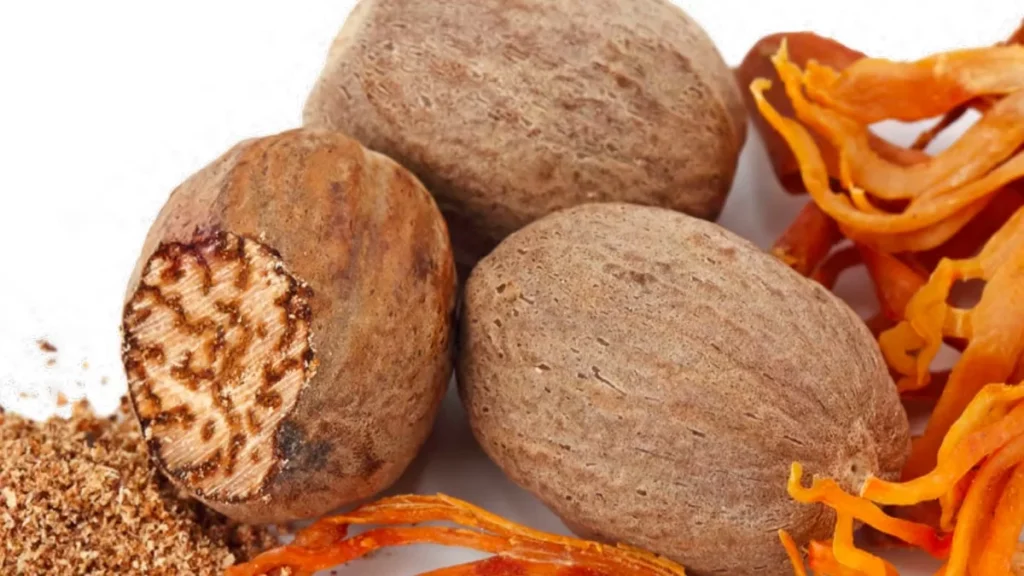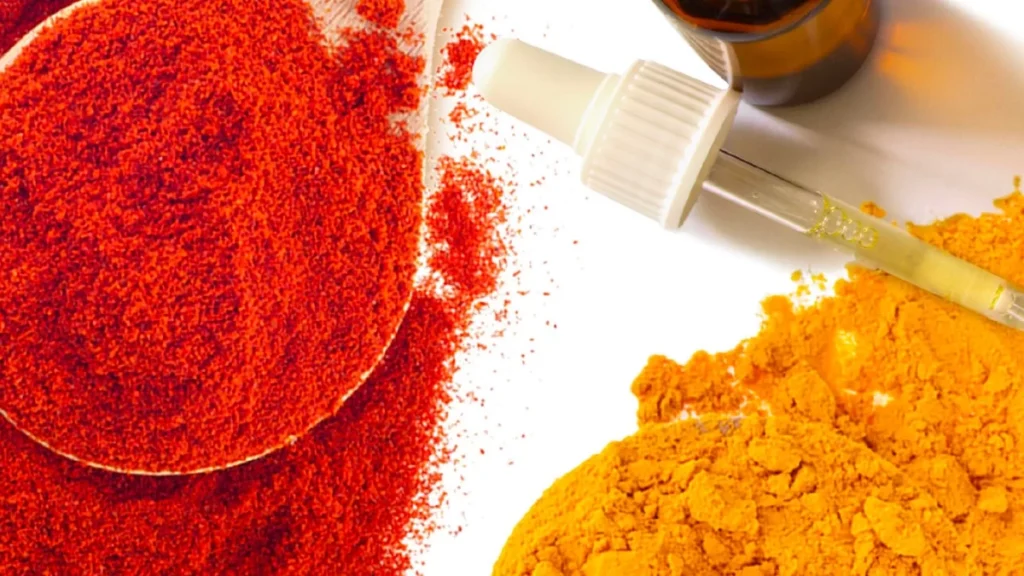Hard Seltzers are made similar to beer by fermenting cane sugar rather than malted barley. The alcohol content of the hard seltzer ranges from 4.5-5.0% alcohol by volume (ABV). The product also contains 90-110 calories per 12 ounce can. The alcohol accounts for most of the calories, however, the product can contain zero to two grams of sugar. These products are available in many flavors, and will continue to flourish in the current beverage marketplace as a low-calorie/carb option. The flavoring used in hard seltzers can come from a variety of things, but a major source is from hydro-alcoholic extracts. In this blog, we will discuss how citrus oils are converted into crystal clear, shelf-stable, and delicious extracts for use in hard seltzers and other beverages.
INTRODUCTION
Citrus oils have an abundance of characteristic aromas and flavors that are used in many foods and beverages. The citrus oil is contained in small glands in the peel of the fruit, and is made up of over a hundred different flavor components such as terpenes, alcohols, aldehydes, and esters that determine the flavor characteristics of an oil. The chemical composition and quality of the oil depends on the soil and management practices in and by which the fruit was grown such as available nutrients, fertilizers, geographical and climatic conditions (temperature, rainfall, winds, latitude etc.), and the ripeness of the fruit at the time of harvest. All the above factors contribute to the quality of the citrus oil.
FLAVOR COMPOSITION
Citrus Oils are mixtures of more than a hundred flavor components including monoterpenes, sesquiterpenes, oxygenated derivatives and low molecular weight aliphatic alkanes, alcohols, aldehydes, ketones, esters and acids. Additionally, non-volatile compounds such as paraffins and waxes can be found in citrus oils. Terpene hydrocarbons contribute very little to aroma and flavor, and can cause problems with insolubility in aqueous and alcoholic solutions. Oxidation occurs when exposed to oxygen, which results in a deterioration of aroma and flavor. Citrus oils contain about 95% monoterpene hydrocarbons, mainly limonene.
HYDROCARBON REMOVAL
As previously stated, terpene hydrocarbons contribute very little to the flavor and aroma and will reduce the quality of the flavor and aroma. However, the natural non-deterpenated oil may be preferable for some purposes. The terpene removal concentrates the more desirable flavor components and increases stability by slowing down oxidation and increasing the solubility of the oils in water, ethanol, and other solvents utilized in flavor development. There are many methods by which to remove terpene hydrocarbons from citrus oils. There are three grades of product that can then be distinguished: “concentrated oil” from which only part of the hydrocarbons have been removed; “terpeneless oils” from which all or most of the monoterpenes have been removed; and “sesquiterpeneless and terpeneless oils” (sometimes called sesquiterpeneless oils”) which are free of monoterpenes, sesquiterpenes and waxes. The most efficient deterpenation method of citrus oils is known as washing the oil, a method used to make hydro-alcoholic extracts from citrus oils utilizing alcohol and water. There are other factors in choosing an extractive which include its physical properties, recoverability, toxicity, and cost. Many extractives are utilized in removing terpenes from essential oils such as ethanol, methanol, ethyl acetate, and acetone. In the case of citrus oils, the removal of hydrocarbons is accomplished by aqueous solutions of ethanol and is widely utilized in the flavor industry.
HYDRO-ALCOHOLIC EXTRACTION
The citrus oil, which can be a cold pressed oil or folded oil, is first mixed with ethanol (95% by volume) until a homogeneous solution is achieved. Next, a salt water solution is added to the mixed citrus oil and ethanol solution. Once the salt water solution is added to the citrus oil solution, it will become very cloudy. After mixing for a short period of time, the agitation is stopped and the mixture is allowed to sit overnight. The next day, there is a noticeable separation of this mixture. To view this separation, a separatory funnel is utilized. A separatory funnel is a piece of laboratory glassware used in liquid extractions to separate or partition the components of the mixture into two immiscible solvent phases of different densities. Typically one of the phases will be hydrophilic (having an affinity to combine with, or capable of dissolving in water) and lipophilic (having an affinity to combine with, or capable of dissolving in lipids such as fats and oils). The top layer is made up of the insoluble terpenes (hydrocarbons) which is lipophilic, and the bottom layer is the crystal clear washed hydro-alcoholic extract which is hydrophilic. It was mentioned earlier that salt is added to the water — this helps in the separation. Another factor is that temperature can also aid in the separation in a hydro-alcoholic extract. The hydro-alcoholic extract can be used as a flavoring in a finished product or as a base where other flavor ingredients can be added. To determine that there are no hydrocarbons in the hydroalcoholic extract, GCMS, which is an analytical technique involving the use of both gas chromatography (GC) and mass spectrometry (MS), is utilized to separate a complex mixture into its components and identify what those organic compounds are. As expected, there are no hydrocarbons in the hydro-alcoholic extract.
CONCLUSIONS
The advantages of hydro-alcoholic extracts are solubility in an aqueous solution, clarity in finished beverages, increased shelf life of the extract as well as in the finished product, and a more desirable aroma and flavor. Hydro-alcoholic extracts are widely utilized in the beverage industry where clarity, shelf-life, aroma and flavor are necessary. These beverage products include hard seltzers, flavored waters, clear carbonated beverages, clear juice beverages, isotonic beverages, sport drink beverages, and nutritional beverages.
